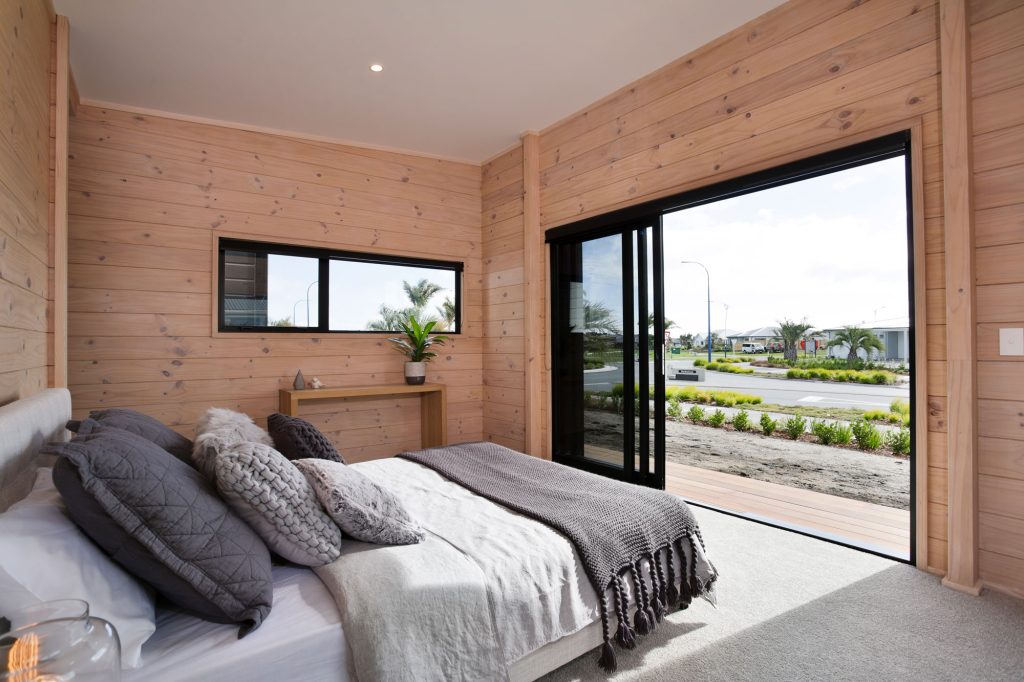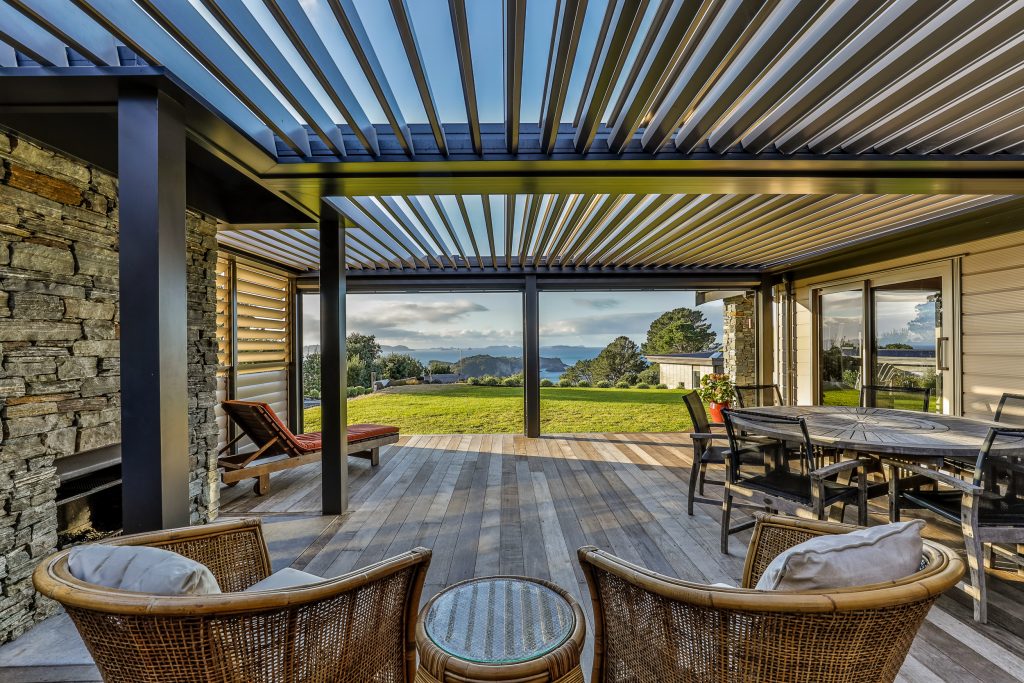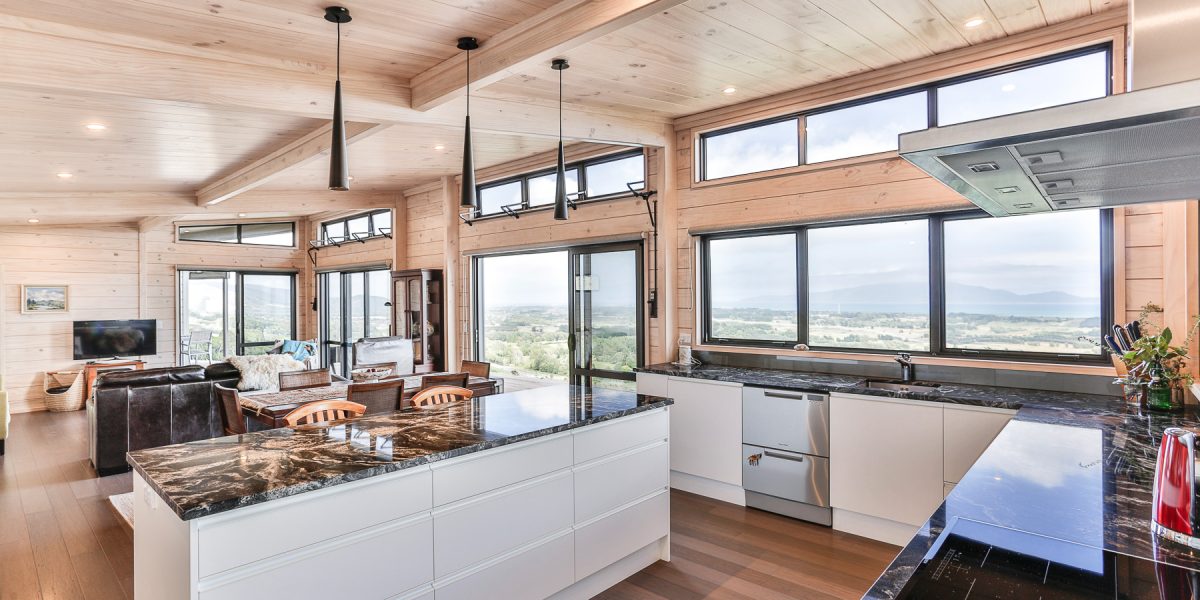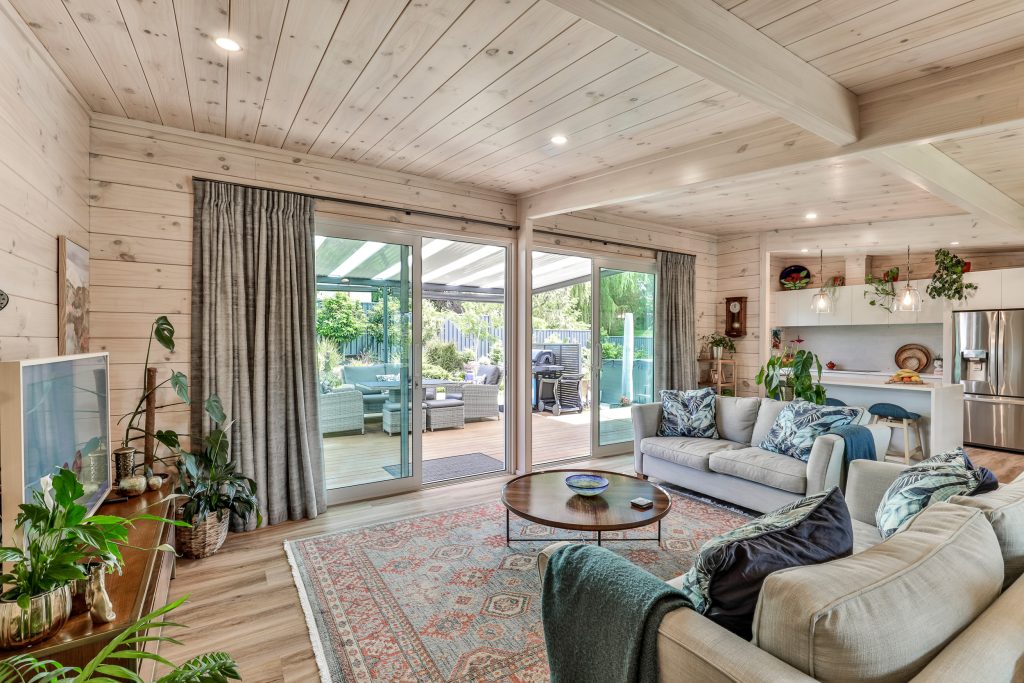It’s Only Natural
Timber interiors and biophilic design celebrating greenery, natural materials, organic textures, earth-inspired colours and natural light have been gaining popularity in recent years due to the numerous health and well-being benefits they offer. Biophilic design is a design approach that incorporates natural elements, such as plants and natural materials, into the built environment.
Timber interiors specifically involve using wood as a primary material in the design and construction of indoor spaces with the proven ability to evoke a sense of tranquillity, warmth and comfort. But it’s not just all about looks; research confirms that a direct connection with nature can positively affect our sense of well-being, helping us to stay healthy, relaxed and focused.
One of the main benefits of the use of timber as a key element in the interiors of new homes and renovations is the positive impact they have on our psychological well-being. Wood, having a natural warmth and comfort to it, can make people feel more relaxed and at ease. Studies have also shown that exposure to wood can lower blood pressure and heart rate, leading to a decrease in stress and anxiety levels. The natural aesthetic of timber interiors also creates a sense of connection to nature, which can have a positive impact on our overall mental health and well-being with many designers citing the warm and natural attributes of wood as a reason for its use

Another benefit of timber interiors is the positive impact they can have on our physical health. Wood is a natural insulator, which means it can help regulate the temperature in a space and reduce the need for artificial heating and cooling. This can lead to improved indoor air quality and a reduction in respiratory issues caused by poor air quality. Additionally, wood is a natural material that does not off-gas harmful chemicals, which can further improve indoor air quality and minimise the risk of health problems associated with exposure to chemicals.
Biophilic design, which taps into humans’ innate connection with nature, can also have an enormously positive impact on our health and well-being. Incorporating natural elements, such as plants and organic materials into the built environment can help to reduce stress and anxiety levels, improve mood and cognitive function, and boost overall well-being. Studies have also shown that exposure to nature can help improve sleep quality, reduce symptoms of depression and anxiety, and increase overall life satisfaction. Biophilic design not only focuses on plant life and natural materials but also on the incorporation of daylight, ventilation and water. Combined, these elements can increase our immunity, boost natural circadian rhythms, regulate temperature and inspire a sense of tranquility.

The concept is nothing new to trusted home builders, Lockwood Homes. Since 1951, they have been using an interlocking solid timber building system to craft high-quality homes that is offer advantages in thermal comfort and control, indoor air quality, and heating and cooling efficiency. “One of the healthiest and most durable building materials is solid wood, and its most amazing attribute is that it isn’t inert like concrete, steel or other synthetic materials,” says Lockwood Sales and Marketing Manager, Sarah Smith. “A solid wood home is ‘alive’ and will actively try to maintain your comfort level by working with the surrounding environment to achieve a natural balance.”
Incorporating timber interiors and biophilic design into our living and working spaces can also have a positive impact on our productivity and creativity. Research has shown that exposure to nature can help to improve focus and concentration, leading to increased productivity and creativity. Additionally, the natural aesthetic of timber interiors and biophilic design helps to create a more calming and relaxing environment, which can lead to a decreased stress and an increase in productivity. In addition to the health and well-being benefits, timber interiors and biophilic design also have environmental benefits. Wood is a renewable resource that can be sustainably harvested, which makes it a more environmentally-friendly option than other building materials. In terms of sustainability, timber also outperforms all other major building materials, using much less energy to produce and process, actively removing carbon dioxide from the atmosphere as it grows. The majority of the building materials used in Lockwood Homes are sourced locally, prefabricated and delivered to the building site to be assembled, further reducing emissions, waste and noise pollution during construction.
Maximising sunlight and bringing fresh air indoors is yet another significant way to connect with the great outdoors. “We know that Kiwis want bright, airy homes with lots of space and light,” says Sarah. Additionally, incorporating greenery into the built environment continues to be an important part of the conservation as it can help to improve air quality and reduce the urban heat island effect.
All-in-all, the use of timber interiors and biophilic design can have a significant positive impact on our health and well-being. The natural warmth and comfort of wood, combined with the connection to nature provided by biophilic design, can lead to improved mental and physical health, increased productivity and creativity, and reduced stress and anxiety. Additionally, the use of natural materials and the incorporation of plants indoors can also have a positive impact on the environment. “We encourage people to see how Lockwood can deliver this,” says Sarah, “with a home that truly connects you with nature.”


